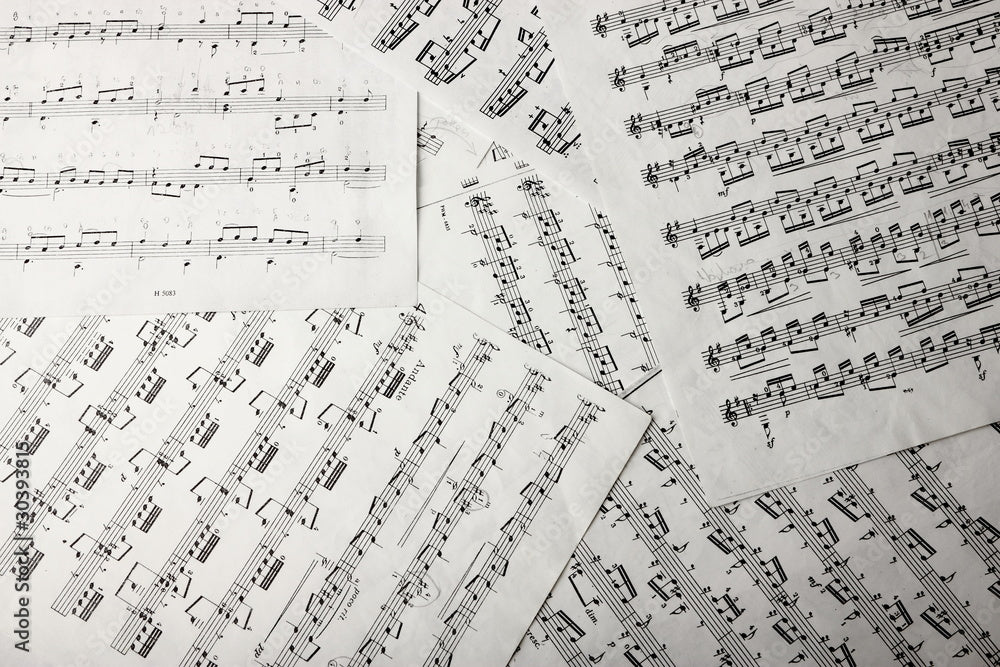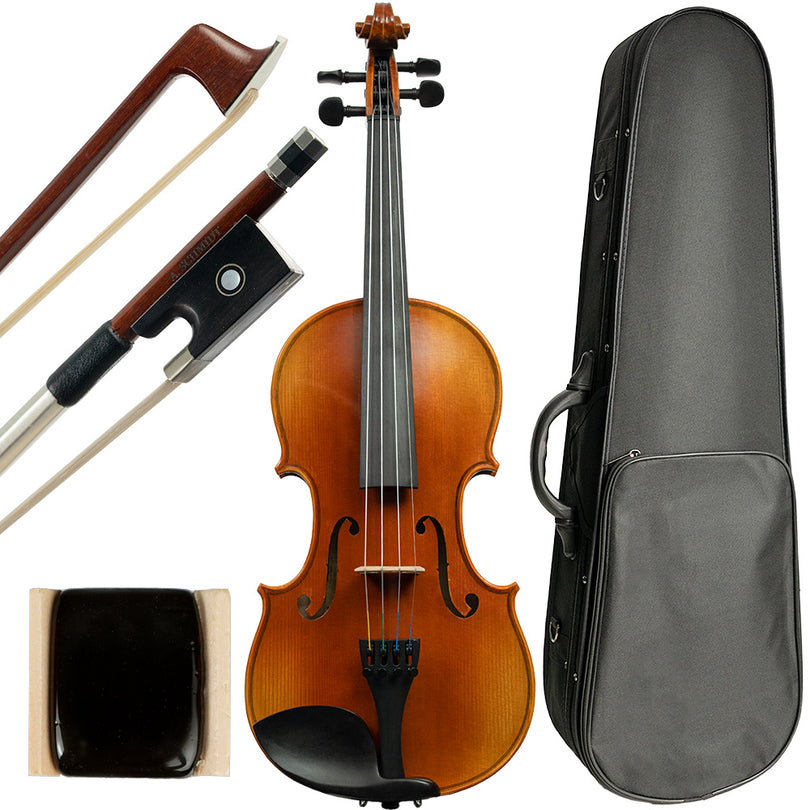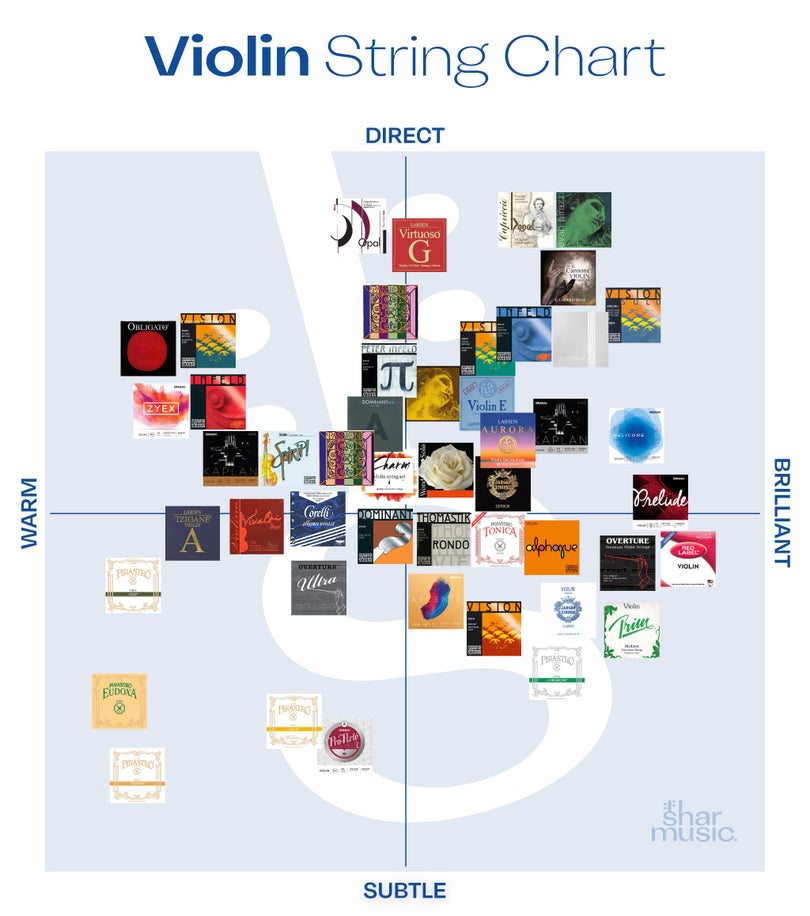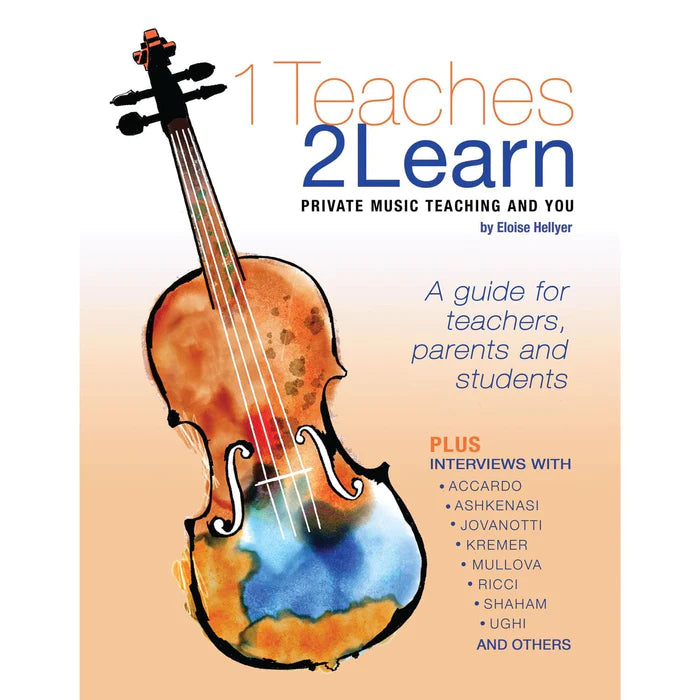Music is a class of language. Humanity’s oldest and most integral languages arguably fall under this classification. Writing stories in music is a uniquely authentic, honest, and raw experience for me. Every moment reveals the composer’s deepest feelings about a story throughout the course of the work. I will provide context for how, and why, I choose to translate stories into a musical language. As the same ideology and methodology applies to all three of my string quartets, I will focus upon my first— String Quartet No. 1 in D Minor, “The Gilgamesh Quartet”.
Archaeological evidence of us speaking in music dates as far back as the Divje Babe flute from Slovenia (c. 43,100 B.P.) and the Geissenklösterle flutes from the Swabian Alps (c. 43,000 B.P.). Stone percussion instruments, called “lithophones”, from all over the world datie as far back as c. 22,000 B.P. Those, among many others, provide conclusive evidence for the omnipresence of our musical languages.
Later along the archaeological timeline, within a strikingly close chronology, musical and verbal languages both premiered in written form. Our earliest definitive artifacts reflecting this both come from Sumer (modern day Iraq) c. 4,000 and c. 5,500 years ago, respectively. The archaeological record not only suggests musics to have comprised integral languages to us, but also to have done so since the beginning of organized verbal language itself.

In 1871, Charles Darwin published The Descent of Man. In it, he hypothesized verbal language to have actually evolved from a preexisting musical language!
"Some early progenitor of man probably first used his voice in producing true musical cadences and… would have expressed various emotions, such as love, jealousy, triumph, [etc.]. It is, therefore, probable that the imitation of musical cries by articulate sounds may have given rise to [verbal] words, expressive of various complex emotions" (Darwin 51).
The extant variety of verbal languages today no less exists among today’s musical languages as well, colloquially known as “genres". In The Origins of Music (pub. 2001), evolutionary musicologist Steven Brown theorizes musical and verbal languages to have coevolved, and later diverged, from a single primordial communicative stage designated as “musilanguage” (Brown 284).
Evidence for the co-evolution of musical and verbal languages remains plentiful. Alas, we read music, we write music, we speak music with instruments or other voices, and perhaps most notably, we communicate with music. Our verbal meaning is consistently dependent upon our musical influence via our choice in tone and syntactical cadence. Lexical tone, combinatorial phrase formation, and complex phrasing mechanisms should also be considered among this evidence.
I hope that in advocating the legitimacy and integrity of music as a class of language, that I have also built up context for my work, and why I choose to write stories in music. My process with the quartets began during the Autumn of 2015. I was reading Species With Amnesia: Our Forgotten History by Robert Sepehr. It was only casual reading until a brief statement so thoroughly got my attention that I could not ignore it for long.
“In many ways, we are like an awakening species with amnesia, yearning to reclaim our forgotten past” (Sepehr 96).
This became the inspiration and catalyst for my three string quartets.
Quartet No. 1 in D Minor, The Gilgamesh Quartet, Quartet No. 2 in D Minor, Codex Janus, and Quartet No. 3 in C Major, Chariots of the Gods. In these works, I use the musical language (or “genre”) known formally as Western Art Music, to communicate largely-forgotten stories from humanity’s past. What more appropriate place and time to retell stories from than Sumer itself, the cradle of civilization? As such, the Epic of Gilgamesh, written on humankind’s oldest verified writing, is the story told in the first of these quartets— Quartet No. 1 in D Minor, “The Gilgamesh Quartet”.
Like “The Four Seasons” by Antonio Lucio Vivaldi (1678-1741), select elements of the story’s scenery, characters, and highlights are occasionally introduced verbally in the corresponding score and parts. I call these “story notes”, and they are used in all movements of all three quartets. I also use them in several of my 24 Caprices for Solo Violin, my piano sonata, and other works. The first story-notes in Quartet No. 1, for the sake of example, are “Gilgamesh the King” (mvt. 1, m. 1), “Behold the Walls of Uruk” (mvt. 1, m. 17), and “Cry to Anu” (mvt. 1, m. 48).

The audience does not see the story notes, and are left unaware of when they occur. Audience knowledge of them generally only comes from previous familiarity, mention by colleagues, program notes, preconcert lectures, etc. It is very analogous to chefs knowing exact measurements and cooking-times of their ingredients while the dining “audience” is left to the experience alone, sans extraneous and potentially distracting information. The chance mention of the chef’s detailed recipe in the menu will not make a particularly large difference to any but the pedantically concerned consumer — perhaps the devoted musicologist or anthropologist in the room.
The second movement tells the story of Utnapishtim. This segment in the Epic of Gilgamesh is the origin of many great deluge stories to emerge from cultures who expanded from this area between c. 3,000 B.C.E. And 350 A.C.E. In it, the great god Enlil does not take favorably to the way creation has turned out, so he decides to drown everyone save for one family.
The father of this family, Utnapishtim, is commanded by Enlil to build an ark— an ark that will accommodate his immediate family, and two of every animal on Earth. That is where I begin this movement. The ark is complete, and Enlil sends his apocalyptic storm for six days and nights. Initial story notes of this movement are, “Weeping for the Dying World” (mvt. 2, m. 1), “Dead Souls Haunt Our Dreams” (mvt. 2, m. 5), and “A New World Awaits” (mvt. 2, m. 9). While two instruments begin this movement in 6/4 time, the other two are in 12/8. Accents on select subdivisions in all parts emphasize the omnipresence of both meters. This communicates the flowing yet unpredictable nature of water. All instruments engage in creating this texture simultaneously, so this feeling literally comes from all sides, just as it is described to have aboard the ark. The ark has no known destination at this point, so harmony remains both tonal, therefore seeking arrival (tonic), and allusive— not knowing when or where dry ground (resolution) will come. This is achieved via a long cyclical progression of extended chords, polychords, and deceptive cadences.
The third and final movement tells the story of Enkidu, and his teacher, Shamhat. Despite having the role of a healer and teacher with great wisdom, Shamhat is almost exclusively referred to as a harimtu, or “temple prostitute.” Many women of renown, in both our mythology and history, are unfairly slandered with this epithet, similarly to “witch” in later millennia. The combination of patriarchy and misogyny has plagued cultures through the present day. The sheer extent of this problem is one of many things we may learn about ourselves with awareness of these epics from antiquity. To grant her character due credit, and perhaps some semblance of justice, I consciously devoted most of the final movement to her.
In the epic, Gilgamesh had become a tyrannical king in Uruk, and his people became anxious. The movement starts with an eerie Em7 and DM7 harmony alternating via quiet arpeggiations in all parts. The story note at the beginning reads “Cry to Anu” (mvt. 3, m. 1) because it is to he whom the people prayed for help. In response to their cries, Anu created Enkidu to intimidate Gilgamesh. Enkidu was two-thirds beast, friends with wild creatures, and lived on the livestock of Uruk. With this threat now inside the city walls, the music pauses for thought, then breaks into forte and tonicizes a different key in a new, aggressive tempo. The violins take off together in an intensifying panic. The story note here simply reads “Enkidu in Uruk” (mvt. 3, m.15).
Indeed threatened, Gilgamesh called upon Shamhat to tame Enkidu. In just three weeks time, Shamhat sexually seduced, educated, and civilized Enkidu. His former minions turned away in abject fear of Shamhat’s influence. She even persuaded Enkidu to follow her into Uruk, where he was then welcomed and befriended by Gilgamesh. Shamhat, represented by the viola, carries the piece almost independently, with minimal support for a while. This reflects how the entire city relied on her, while being able to do very little themselves.
The final story note reads, “Death of Enkidu” (mvt. 3, m. 73). Enkidu has perished due to illness, and Gilgamesh is left alone. His people fare peacefully, as they had before his bout of tyranny and the initial arrival of Enkidu. The last two measures of the final movement hold the same melodic fragment as the first two measures of the first movement, wherein the story note read “Gilgamesh, The King” (mvt. 1, m. 1). Now ethically restabilized, Gilgamesh is granted the musical stability of a leitmotif, given only after the stabilization of his kingdom.
Much more of humanity’s current culture, knowledge, and beliefs have Sumerian origins than there is space to acknowledge in any one article. There are countless archaeological sites and artifacts defying the tools, materials, geography, cultures, and recourses of the human groups hypothesized to have built and used them. The goal for my string quartets (The Gilgamesh Quartet, Codex Janus, and Chariots of the Gods) is to tell these monumentally-important epics, and help bring them into today’s awareness. I aim is to evoke due curiosity, to encourage every question, and ultimately help us to know ourselves better as a species.

Why do I tell these stories in music? How specifically detailed can purely musical communication even be? Surely it cannot communicate detail beyond a most basic level without the aid of verbal language, can it? Is such detail not absolutely crucial to good storytelling? If my readers have asked any of these, I invite you to remove this thinking cap and put on a new one. This new cap, ideally, is void of any conditioning which leads one to assume that these elements are the most vital parts of a story. Most often in my life’s experience, they certainly are not.
In a recent televised interview with PBS, I was asked “what would you write for the first page of your autobiography?”. My immediate reply was, “A page of music”. I reassured them saying “absolutely” when dubious expressions appeared on some faces. Many have assumed, without considering any alternative, that verbal descriptions such as the outfit I wore one evening for a specific candlelit dinner comprise the most important things to communicate in a story.
It has been my experience, however, that if one can communicate the feelings of such events and actions in music, the audience often understands it better, more authentically, and even with more emotional accuracy. How I felt wearing said outfit, and the feelings I experienced with her during said candlelit dinner, is much more important to me than whether I wore anything, or even went to dinner at all! I believe that I more authentically communicate that feeling with a carefully voiced chord progression than I know how to with words.
Music is a tool we have evolved to communicate the human experience. Words are convenient for expressing a finite approximation of our unique experiences. However, every instance of feeling happy, sad, or angry, is unique— a different feeling every individual time.
Furthermore, every moment of that feeling is different than the moment before. We all feel so much that could never be put into words alone. The arts mercifully allow us to express all that falls between happy and sad, free and burdened, light and heavy. It is in those moments of communication that we truly come to share, understand, and experience life together.
When we receive art, we receive others. When we perform art, others receive us. Music is a medium for our other voices to tell us about ourselves. To be an artist means to remain a student of our art. Artists do not go to institutions to perfect the arts, rather we go to learn how to continue teaching ourselves. I go as far as saying that to be human is to be an artist, and thereby we are all artists.
All works discussed in this article are available for viewing, listening, downloading, and performing, via my website. Special requests of any kind are also made there. Other means of contact are listed below.
Email: immanuel@umich.edu









